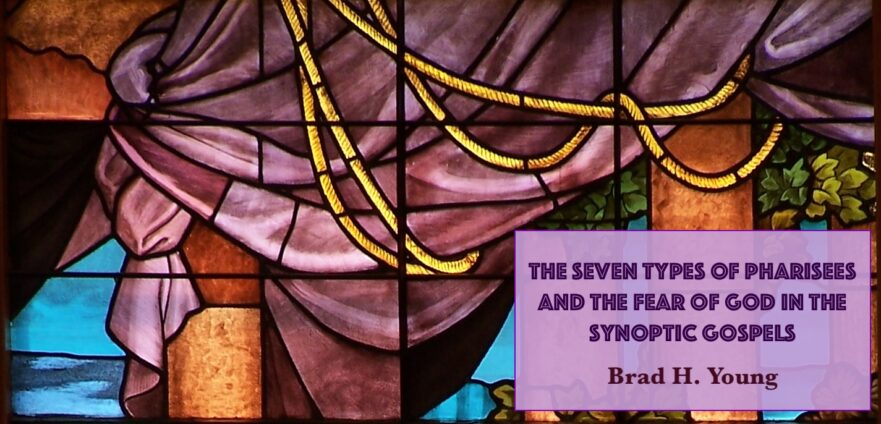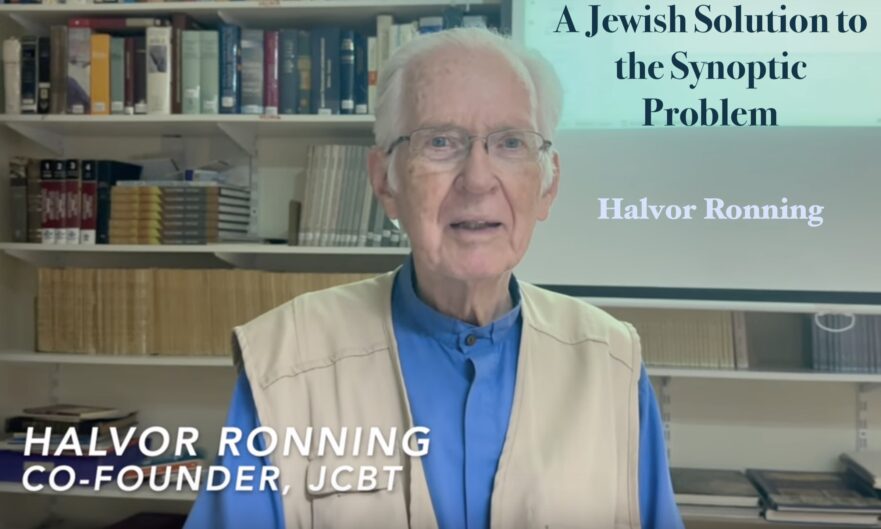Ancient Jewish sources attest to a debate over which motivation for keeping the commandments—fear or love—was most highly to be esteemed. This debate surfaces, among other places, in the Talmudic discussions of the seven types of Pharisees. These seven types and the debate over love versus fear illuminate important aspects of Jesus’ teaching.
The Sin Against the Spirit: Matt. 12:31-32; Mark 3:28-29; Luke 12:10
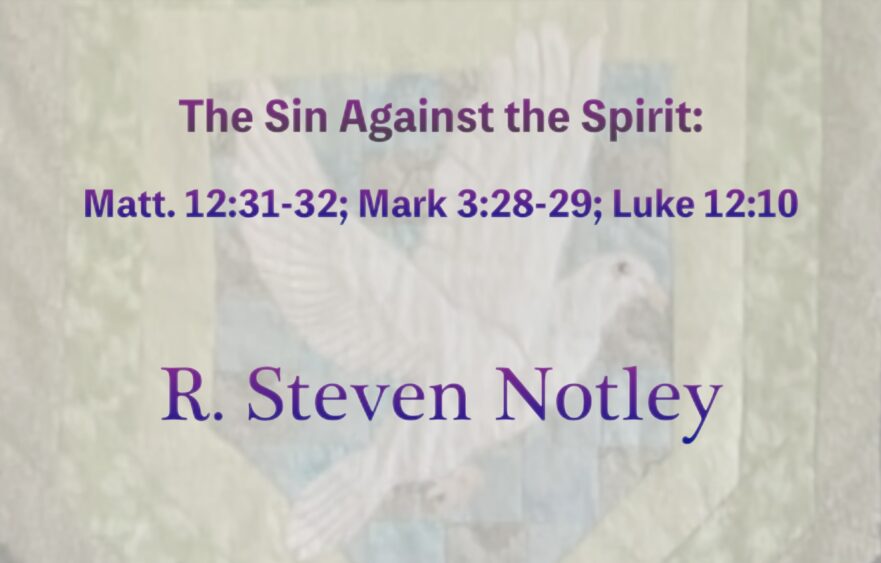
Jesus’ saying about the sin against the Holy Spirit belongs to developing Jewish ideas regarding the gradation of sin and punishment. It also reflects his high self-awareness.
From the Galilee to Jerusalem: Luke as a Source for the Routes of Jewish Pilgrimage
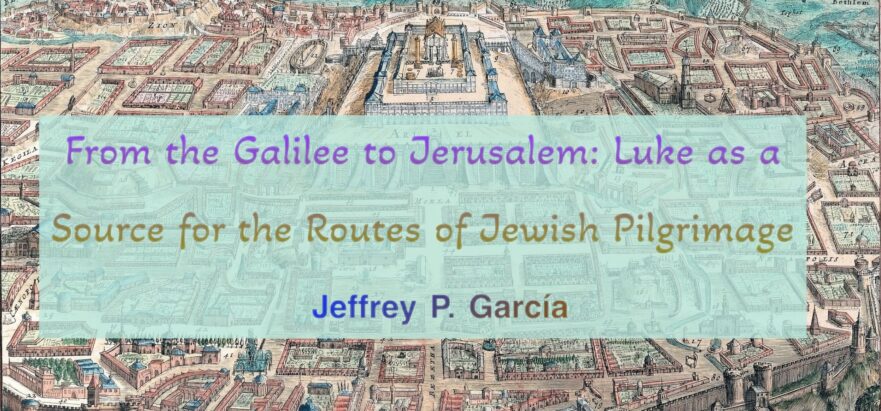
Luke’s Gospel preserves valuable evidence of pilgrimage routes that would have been utilized by Jewish pilgrims in the Second Temple period.
Plant a Tree in Israel to Honor David Bivin
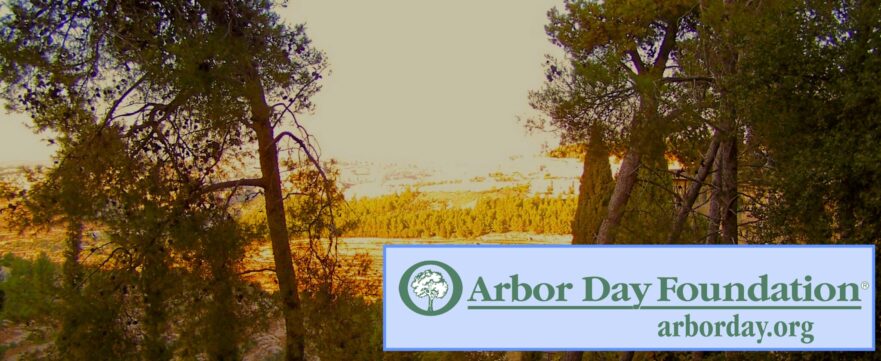
With a donation of $18 a tree will be planted in Israel in David’s honor as a lasting tribute to his lifetime of achievement.
Halakha in the Gospels
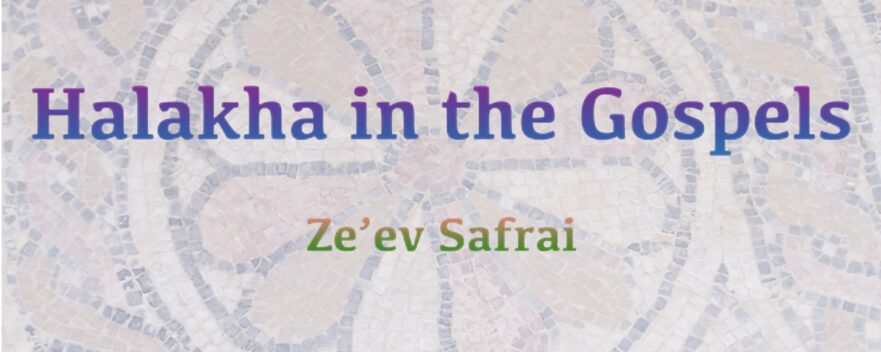
The Gospels describe Jesus and his followers as keeping halakha to a relatively high extent; they were a group to whom the law was important.
‘Look at…all the trees’: Trees in the New Testament Gospels
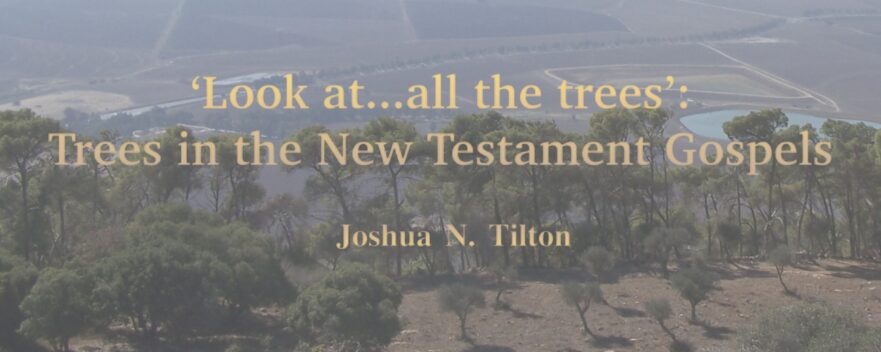
An examination of the role trees play in the New Testament Gospels.
He Could No Longer Openly Enter a Town: A Synoptic Study in Light of an Early Luke
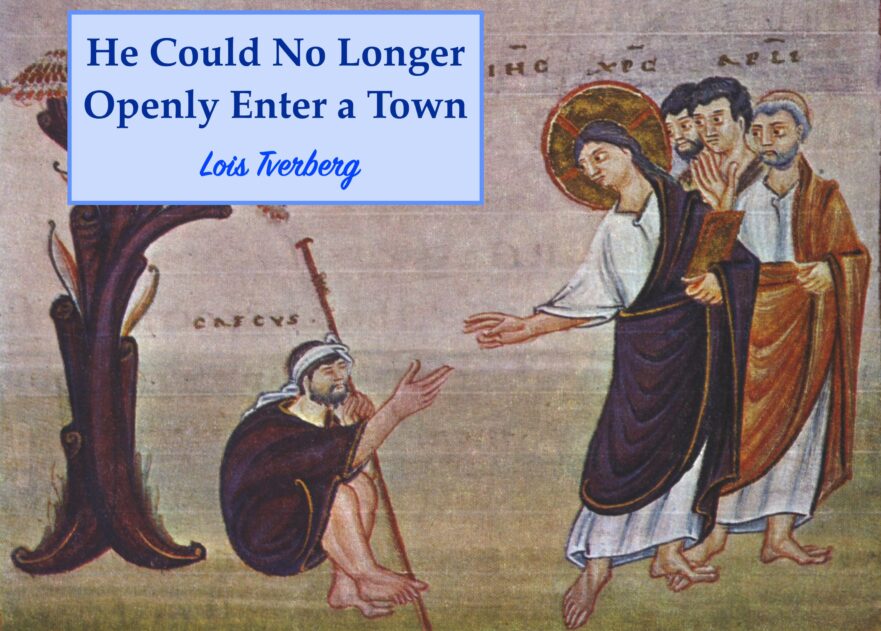
According to Mark, after one of Jesus’ very first miracles, Jesus would no longer openly approach a town in public, but instead avoided the crowds who continually sought him out.
The Expectation of Sabbatical Redemption within Ancient Judaism and Luke-Acts
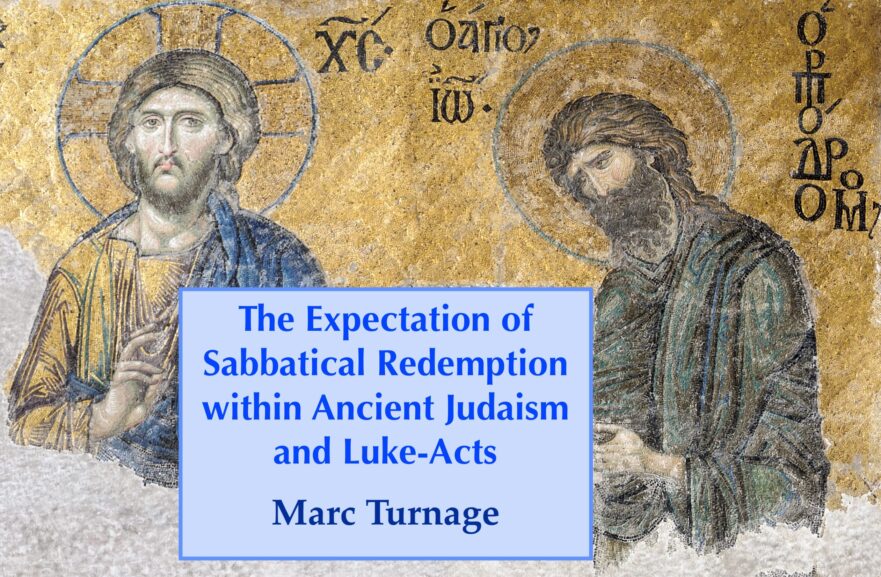
Luke-Acts attests to the connection of the movements of John the Baptist and Jesus to ancient Jewish hopes of sabbatical redemption.
(Why) Did Jews Hate Tax Collectors–Or Did They? The Evolution of a Modern Stereotype in Biblical Studies

The popular image of tax collectors ostracized from Jewish society demands a second look.
Jesus’ Words, Evangelist’s Contribution and Implicit Biblical Reference: The Case of Matthew 21:43-44
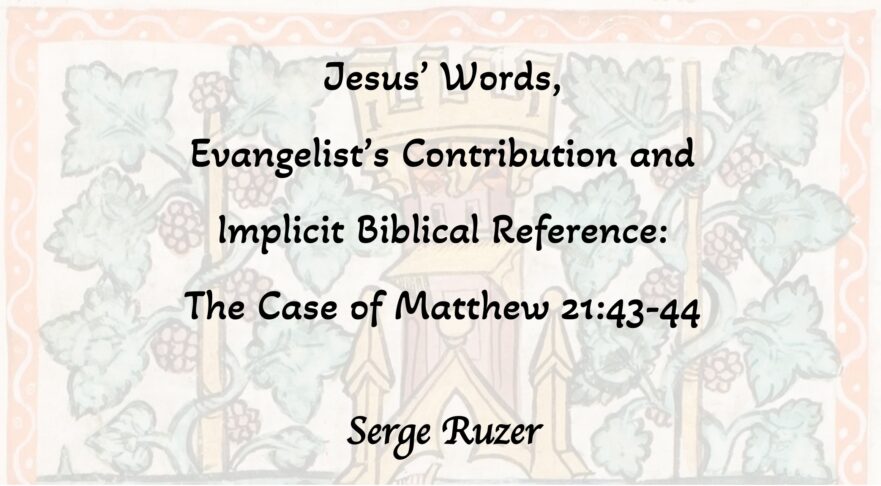
Evidence from Qumran combined with a likely scriptural allusion suggest a non-ethnic interpretation of Matthew’s editorial additions to the parable of the Vineyard and the Tenants.

